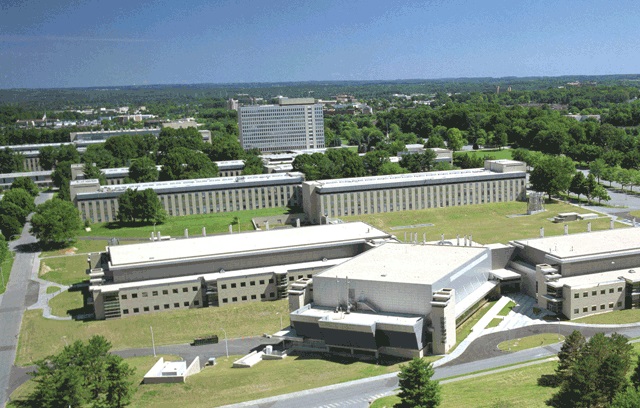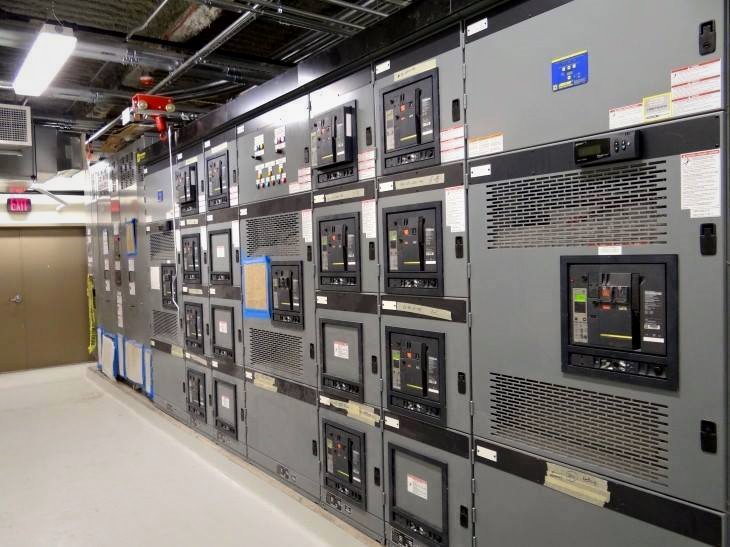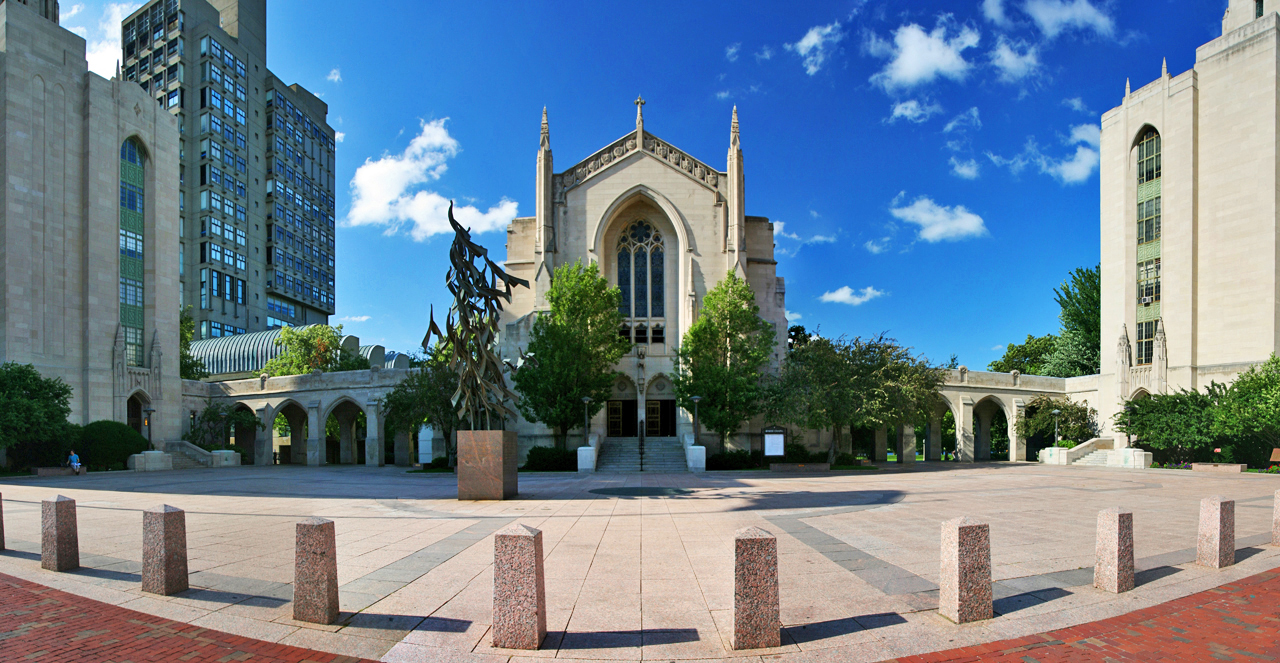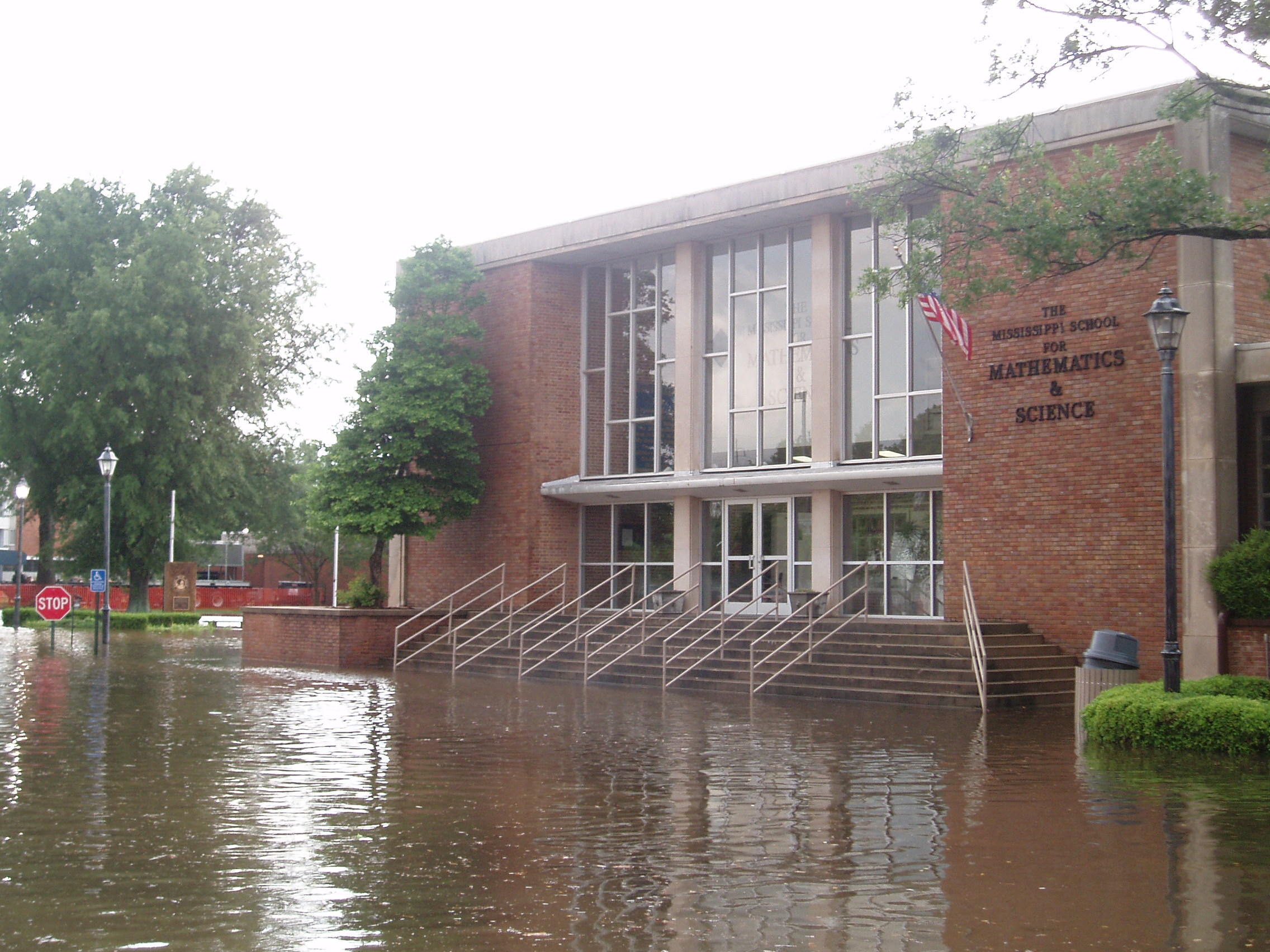INCITS 565-201x, Information technology – Next Generation Access Control (new standard)
- Home Page 443

Electrical Safety Research Advisory Committee
This content is accessible to paid subscribers. To view it please enter your password below or send mike@standardsmichigan.com a request for subscription details.
Standards in Disaster Recovery and Business Continuity
A college or university graduate has to acclimate him or herself to the inherited wisdom that lies at the foundation of his or her chosen discipline. To hasten this process before graduation the American National Standards Institute Committee on Education (CoE) hosts an annual competition that awards cash prizes and invitations to its annual conference.
We routinely we reach back into the ANSI CoE library to feature previous winners to provide future competitors examples that might fashion their own entries. Today we feature the first of the two 2013 winners. The topic continues its relevance:
The Role of Standards in Disaster Recovery and Business Continuity
Chris Golden | The Earth Institute and School of Continuing Education, Columbia University
Abstract. This paper will attempt to demonstrate the role that standards play in both preparing for and responding to natural disasters to facilitate recovery operations and minimize disruption of business services. The author draws from his own experience relating to disaster preparedness and response, most recently serving as an environmental, health, and safety (EHS) manager for the Hurricane Sandy recovery effort. At the time of the writing of this paper, organizations lack the technological capacity to prevent a natural disaster. But the impact that a disaster has on an organization can be lessened provided that an organization is adequately prepared and can adapt to a disaster’s operational risks. For the purposes of this paper, the term “organization” can be applied to any entity regardless of size or scope. Examples include, but are not limited to, private businesses, public agencies, nongovernmental organizations (NGOs), and communities. Natural disasters are not selective in what types of organizations are affected by their destruction, nor should standards be in providing guidance for their recovery.
The paper, in its entirety, is linked below:
ANSI Student Paper Competition 2013 | First Place Winner
Standards Michigan is not primarily an educational organization despite its origin in one of the largest “cities-within-cities” in the education industry. We are happy to zoom in and out of the “stream” of standards action with students and/or sponsoring faculty any day at 11 AM Eastern time, however. Use the login credentials at the upper right of our home page. You may also communicate directly with the ANSI CoE Secretariat Lisa Rajchel, 212.642.4932, E-mail: lrajchel@ansi.org
The deadline for the 2019 Student Paper Competition is April 30th, 2019
Issue: [12-78]
Category: Academics, Public Policy
Colleagues: Mike Anthony, Christine Fischer, Paul Green
LEARN MORE:
ANSI Announces 2019 Student Paper Competition: “How Do Standards Help Mitigate Disaster?”
ANSI Essential Requirements: Due process requirements for American National Standards
https://www.standardslearn.org/
BICSI 004 | Information Technology Systems for Healthcare Facilities
This content is accessible to paid subscribers. To view it please enter your password below or send mike@standardsmichigan.com a request for subscription details.
Federal Technology Transfer
Should there be federal legislation for education facility security or can individual states provide an acceptable level of security themselves? This question comes to mind as we follow the rapidly expanding constellation of school security standards, covered here in previous posts:
Each incident spawns questions about the ability of the education industry itself to discove and promulgate leading practice.
What we do know is this: whenever the clam that “academia is involved” no one should assume that academia is a pure “user-interest” as identified in ANSI’s Due Process Requirements or American national standards (effectively the “Constitution” of the private standards development system in the United States) Our experience suggests that in many cases, academia — i.e. faculty — is more closely aligned with incumbent interests such as insurance companies, manufacturers and sometimes compliance and enforcement interests. Compliance and enforcement interests are over-weighted in the education industry, in our view. (One only needs to observe technical committee rosters of standards developers).
Furthermore, once federal agencies step in to clear the market in school security, the voice of incumbent stakeholders are strengthened because incumbents have the resources to advocate directly in the federal government. There will be Federal Register postings for public comment, of course; but an entirely different class of advocates will dominate that discussion if state public safety agencies are found to fall short of the public’s demand for education facility security. They will work through one or more of the hundreds of education industry trade associations; another complicating factor.
Today, we simply post the source material for the possibility that the US education industry — particularly the business side of the education industry which is usually charged with school security — can regulate itself through privately developed standards that can be incorporated by reference into state and local public security laws for our children and colleagues. Keep in mind that this legislation (now over 30 years old) is a due process requirement in itself if the education industry (highly localized) cannot accomplish security on its own.
Key Federal Law and Policy Documents: NTTAA & OMB A-119
Posted June 1, 2018
The U.S. Commerce Department’s National Institute of Standards and Technology (NIST) and the White House Office of Science and Technology Policy (OSTP) are co-leading the Lab-to-Market Cross Agency Priority goal, part of the recently released President’s Management Agenda(link is external). To accelerate these efforts, NIST has launched an initiative to improve federal technology transfer.
The education industry – particularly large research universities — are likely stakeholders in this discussion – which NIST will expand outside the policy-making precincts of Washington DC. Standards Michigan collaborates with the American National Standards Institute on issues of this nature.
NIST Seeks Public Input to Help Increase Return on Investment from Federal Research https://t.co/LufjfCyqIY #TechTransfer #UnleashingAmericanInnovation #LabtoMarket pic.twitter.com/Xf1dtIjfUp
— NIST (@usnistgov) May 1, 2018
Comments are due July 30th. Ahead of this deadline a series of meetings will be hosted by NIST — both online and on-site — from May 17 through May 31. See the the first page of the Federal Register Notice [Docket Number: 180220199–819–01] for more information.
All NIST activity is on the standing agenda of our weekly Open Door teleconferences; every Wednesday, 11 AM Eastern time which are open to everyone. Click here to log in.
Issue: [18-122]
Category: US Department of Commerce, Public Policy
Colleagues: Mike Anthony, Christine Fischer, Paul Green
Related posts:
Emergency Power Switchgear
Optimal worker safety is best accomplished when product, installation, operation and maintenance standards move together. In the electrical power world, this is not easy considering the constellation of regulatory product developers* who claim some part of the building premise power chain:
- International Electrotechnical Commission
- Institute of Electrical and Electronic Engineers
- National Electrical Manufacturers Association
- National Fire Protection Association
- National Electrical Contractors Association
- Underwriters Laboratory
There is subtle interdependency — and gaps — in technical documents developed by all of the foregoing list of organizations that claim some authority over the standard of care for the building premise power chain. This condition complicates the work of the facility manager in the emergent Smart Campus who requires support for application of an integrated skill set to manage risk.
Now comes Underwriters Laboratory (UL) with a proposal for changes to its product standard — UL 1558 Standard for Metal-Enclosed Low-Voltage Power Circuit Breaker Switchgear — on Page 32 of this week’s ANSI Standards Action. The proposed changes drill into the details regarding the manufacture, installation, operation and maintenance of emergency power systems.
Comments are due November 18th.
You may obtain an electronic copy of UL 845 from: http://www.shopulstandards.com. You may send comments (with copy to psa@ansi.org) to: Derrick Martin, (510) 319-4271, Derrick.L.Martin@ul.com. We will refer this commenting opportunity to the IEEE Education & Healthcare Facilities Committee which meets online 4 times per month to respond to candidate changes to all Underwriters Laboratory standards. The next meeting is today, October 23rd — 15:00 in Europe and 3:00 PM Eastern time in the Americas.
Issue: [18-240]
Category: Electrical, Telecommunications, Public Safety, Risk Management, Facility Asset Management
Colleagues: Mike Anthony, Jim Harvey, Kane Howard, Daleep Mohla
LEARN MORE:
GUIDE INFORMATION FOR ELECTRICAL EQUIPMENT THE WHITE BOOK | 2015-16
UL invites public participation in the development of all of its standards (CLICK HERE)
UL 1558 Emergency Switchgear STP Roster
*We use the term “regulatory product developer” to refer generically to ANSI-accredited and open source consensus document developers whose products — with substantial investment in administering intellectual property — are written to be incorporated by reference into public safety regulations.
Public Procurement and Private Certification
Governments increasingly use their purchasing power to promote environmental policy objectives. We study the relationship between public municipal green-building procurement policies and diffusion of the US Green Building Council’s LEED certification program. We find a strong link between public green building procurement plans and voluntary private adoption of the LEED standard. We also observe an increase in LEED professional accreditation in communities that adopt a green procurement policy. We suggest that public policy may spur private certification by resolving the coordination problem that arises among developers and local building professionals in the diffusion of a new certification program.
Standards Curricula Awards
The U.S. Commerce Department’s National Institute of Standards and Technology (NIST) awarded four grants to support standards education in undergraduate and graduate curricula. Since 2012, NIST’s Standards Services Curricula Development Cooperative Agreement Program has awarded 27 grants for more than $1.6 million dollars. The FY 2017 Awardees are listed below:
Bowling Green State University | Incorporating Standards Education into the Digital Forensics Curriculum
Michigan State University | Promoting Scientific Literacy and Effective Citizenship Through Standards Education
Oklahoma State University | Understanding the Significance of Standards in Fire Protection and Related Fields
Texas A&M University – Kingsville | Curriculum Innovation Through the Integration of Manufacturing Related Materials and Quality Control Standards for Different Level Engineering Students from Freshmen to Graduates
One of the first requirements for a college, university or technical school graduate in launching his or her career in most of the so-called STEM careers, is an understanding of the technical and business standards that govern the application of products and the development of systems that assure safe and sustainable application of technology. Faculty who participate in this program guarantee a head start for their students. The deadline for the FY 2018 awards passed in April and the awardees will be announced by NIST on the home page for this program:
NIST Standards Services Curricula Development Cooperative Agreement Program
The deadline for the FY 2019 award cycle is sometime in April 2019.
We recommend direct communication with Mary Jo DiBernardo, NIST, Standards Coordination Office, maryjo.dibernardo@nist.gov, 301.975.5503. We are happy to guide any faculty, student or staff through the stream of national and international regulations, codes, standards and open source consensus documents we keep pace with any day at 11 AM Eastern time. Use the login credentials at the upper right of our home page.

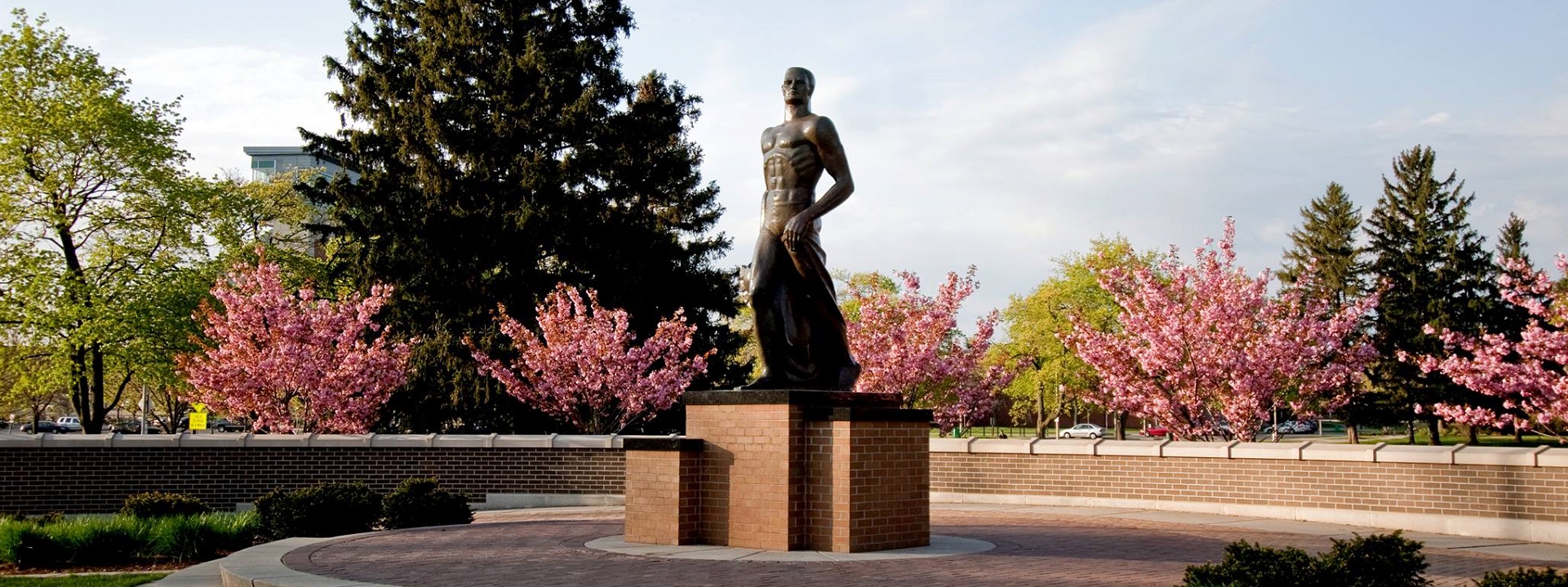

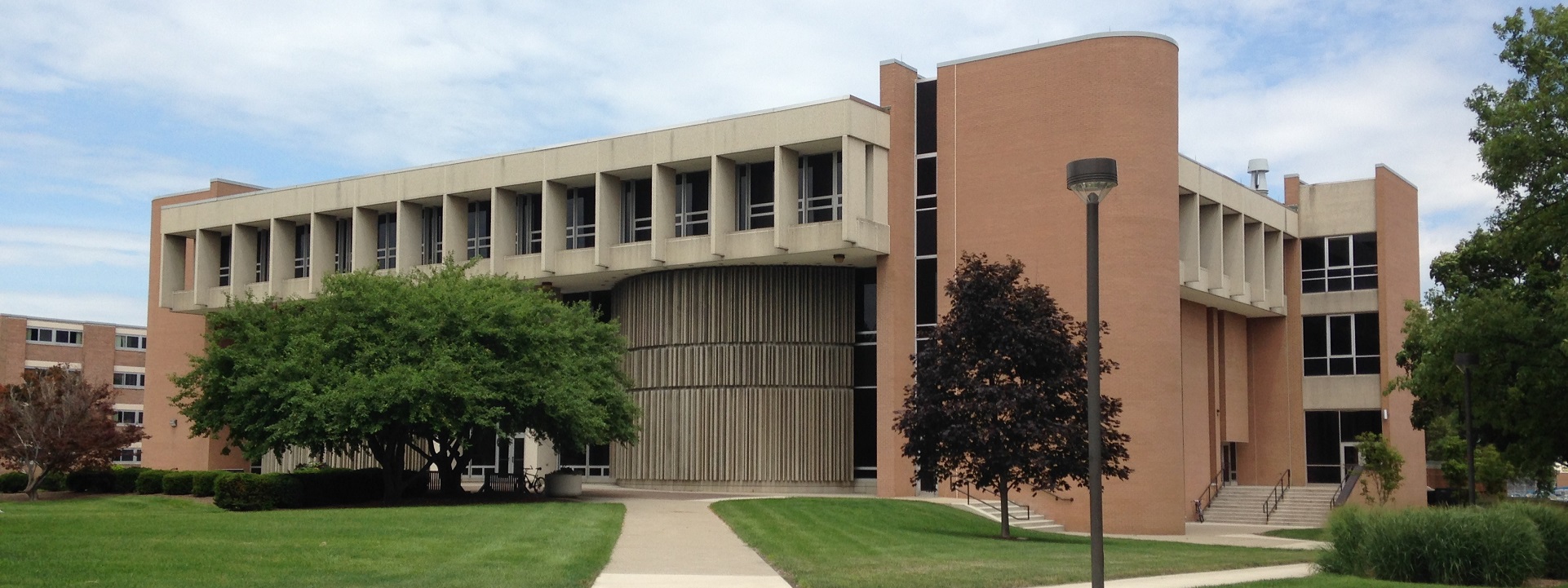
Posted September 29, 2017
The U.S. Commerce Department’s National Institute of Standards and Technology (NIST) has awarded five grants totaling more than $350,000 to support standards education in undergraduate and graduate curricula. Since 2012, NIST’s Standards Services Curricula Development Cooperative Agreement Program has awarded 27 grants for more than $1.6 million dollars.


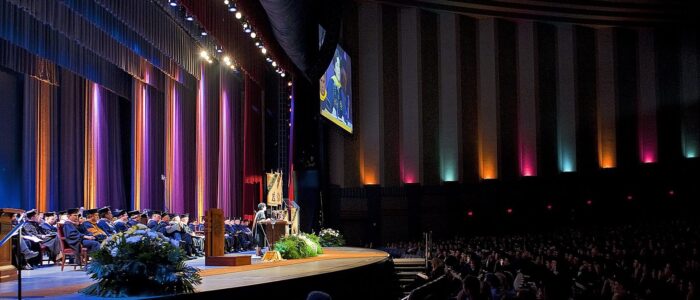

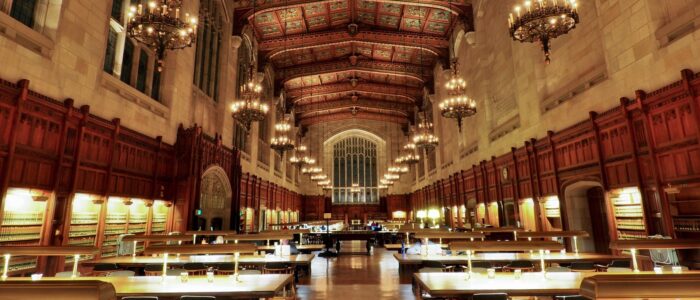
“It’s been gratifying watching the program grow and generate increased interest each year,” said Warren Merkel, chief of Standards Services in NIST’s Standards Coordination Office. “We received a record 49 applications this year, including many multidisciplinary approaches, with topics ranging from forensic science, additive manufacturing, law and engineering to electronic health records, cybersecurity, energy and more. This clearly demonstrates a growing awareness of the value of standards in everything we do and will truly benefit the students and U.S. industry.”
City University of New York, The City College (New York) – $70,000
Drexel University (Philadelphia) – $68,062
Purdue University (West Lafayette, Indiana) – $64,682
Rochester Institute of Technology (RIT) (Rochester, New York) – $74,938
University of Michigan (Ann Arbor, Michigan) – $75,000
More detailed information is available in the link below:
Report of the 10 May 2016 ANSI Committee on Education (CoE) Meeting in Ann Arbor, Michigan
Community Resilience Strategies
Many ASTM International consensus documents are found in education facility construction contracts and in documents that assert accepted good practice for operations and maintenance. Now comes a new consensus document ASTM E3130 Standard Guide for Developing Cost-Effective Community Resilience Strategies to support cost-effective ways for communities to respond, withstand, and recover from a wide range of potential catastrophes, such as natural hazards, utility outages, and human-caused disruptions. It was developed by ASTM International’s Committee on the Performance of Buildings (E06) and is linked below:
New Standard Supports Community Resilience
ASTM Committee E06 — formed in 1946 — is charged with the promotion of knowledge, stimulation of research, development and maintenance of standards and related documents for performance of buildings, their elements, components, including means and methods of fabrication and assembly; and the description, measurement, prediction, improvement, and management of the overall performance of buildings and building-related facilities.
ASTM Committee E06 meets twice a year, usually in April and October, with approximately 240 members attending three to four days of technical meetings and symposia. The next meeting of ASTM E06 is October 21 through October 24 at the Washington Hilton in Washington, DC. A Symposium on Building Science and the Physics of Building Enclosure Performance will take place at the same time. Stakeholders may communicate directly with the ASTM staff Stephen Mawn (smawn@astm.org) at 610-832-9726 to sort through participation specifics.
We will walk through this standard specifically – and the expanding constellation of resilience standards generally — during a breakout teleconference on September 24th, 11 AM Eastern time. Click in with the login credentials at the upper right of our home page.
Issue: [18-37]
Category: Architectural, Space Planning, Facility Asset Management
Colleagues: Jack Janveja, Richard Robben
NFPA 105 Lorem Ipsum
This content is accessible to paid subscribers. To view it please enter your password below or send mike@standardsmichigan.com a request for subscription details.
New update alert! The 2022 update to the Trademark Assignment Dataset is now available online. Find 1.29 million trademark assignments, involving 2.28 million unique trademark properties issued by the USPTO between March 1952 and January 2023: https://t.co/njrDAbSpwB pic.twitter.com/GkAXrHoQ9T
— USPTO (@uspto) July 13, 2023
Standards Michigan Group, LLC
2723 South State Street | Suite 150
Ann Arbor, MI 48104 USA
888-746-3670






